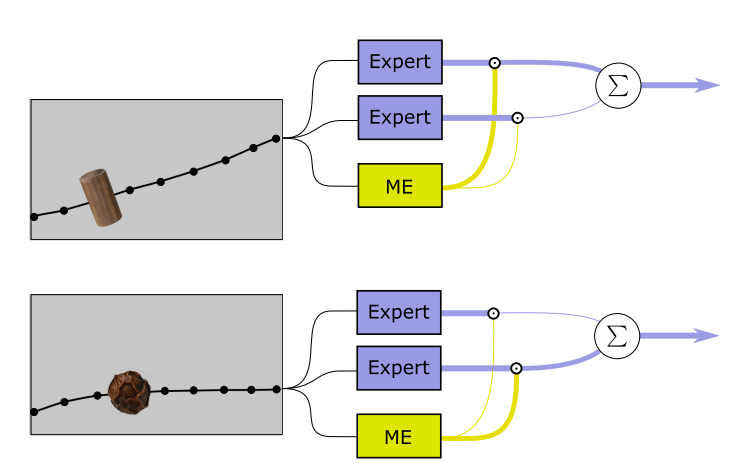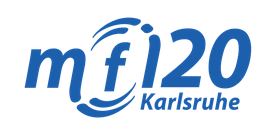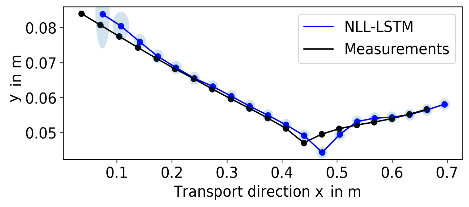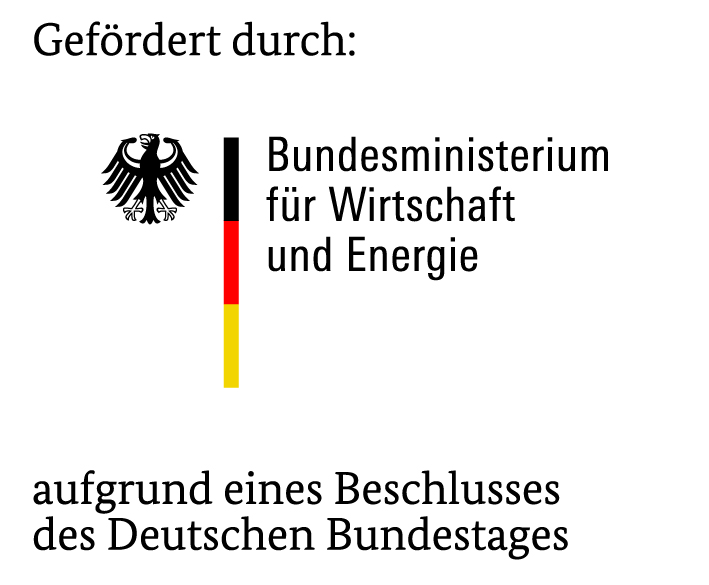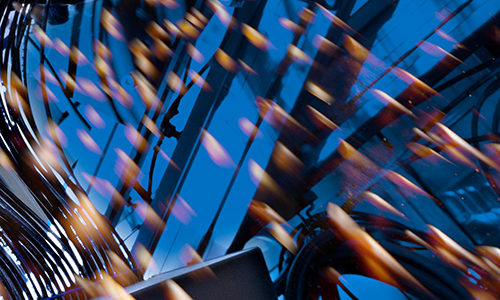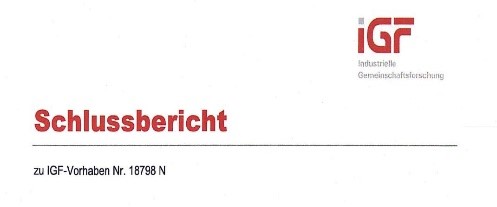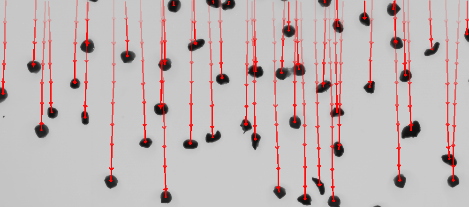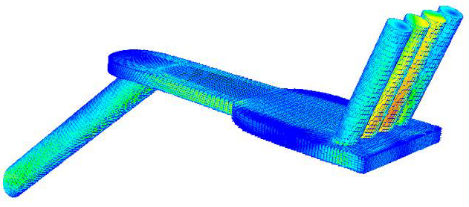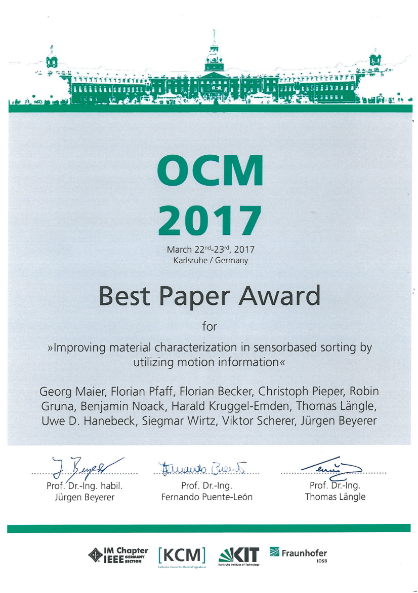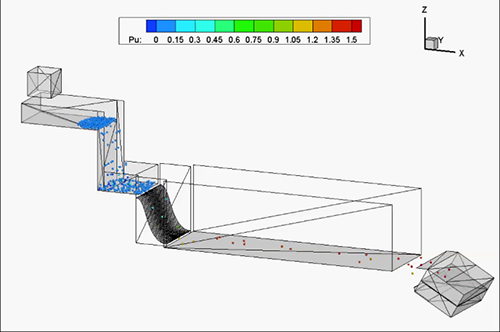February 2017
Inside Schüttgut at the MFI in Baden-Baden
Our project was represented with two papers and an exhibition booth at the International Conference on Multisensor Fusion and Integration for Intelligent Systems (MFI) 2016 in Baden-Baden.
When using multitarget tracking systems with hard association decisions for each time step, solving the resulting association problem under fixed real-time conditions is a major challenge. In the framework conference, we presented a system that, depending on the estimated severity of the problem, dynamically selects a solution strategy from a pool of available strategies (Fast Multitarget Tracking via Strategy Switching for Sensor-Based Sorting, DOI 10.1109/MFI.2016.7849538). Thus, in the case of high load situations, potentially lower quality results, which can however be computed faster, can be resorted to.
A key question of the research project is to what extent the error of physical separation in optical bulk sorters can be reduced by using multitarget tracking methods. We also presented the first investigations on the basis of simulation data at the conference. (Simulation-Based Evaluation of Predictive Tracking for Sorting Bulk Materials, DOI 10.1109/MFI.2016.7849539).
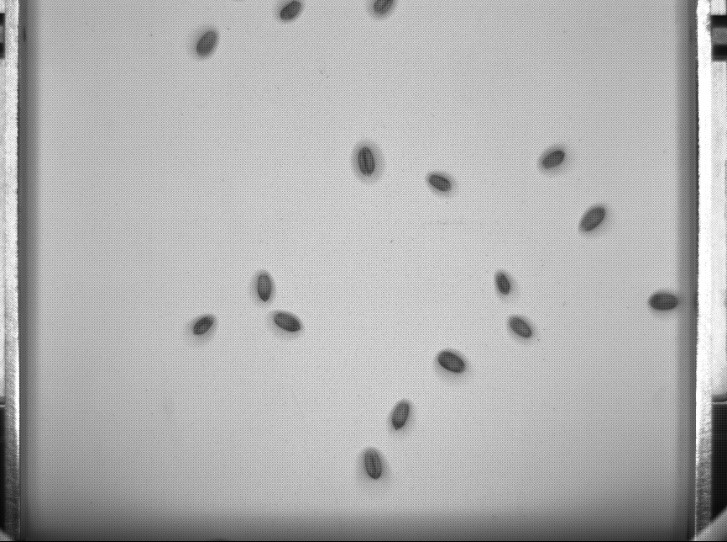
 Fraunhofer Institute of Optronics, System Technologies and Image Exploitation IOSB
Fraunhofer Institute of Optronics, System Technologies and Image Exploitation IOSB 